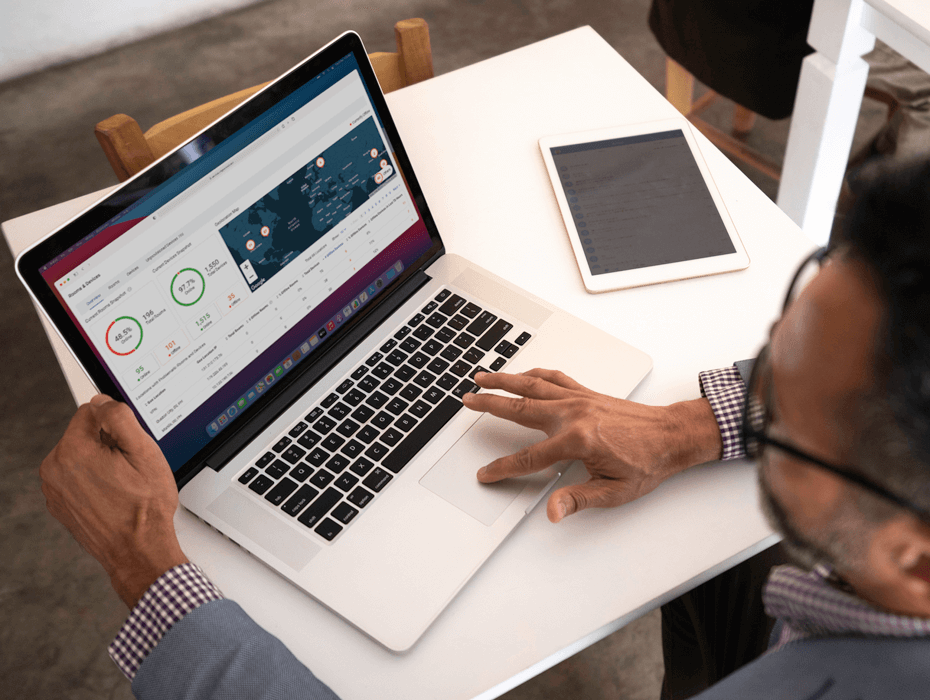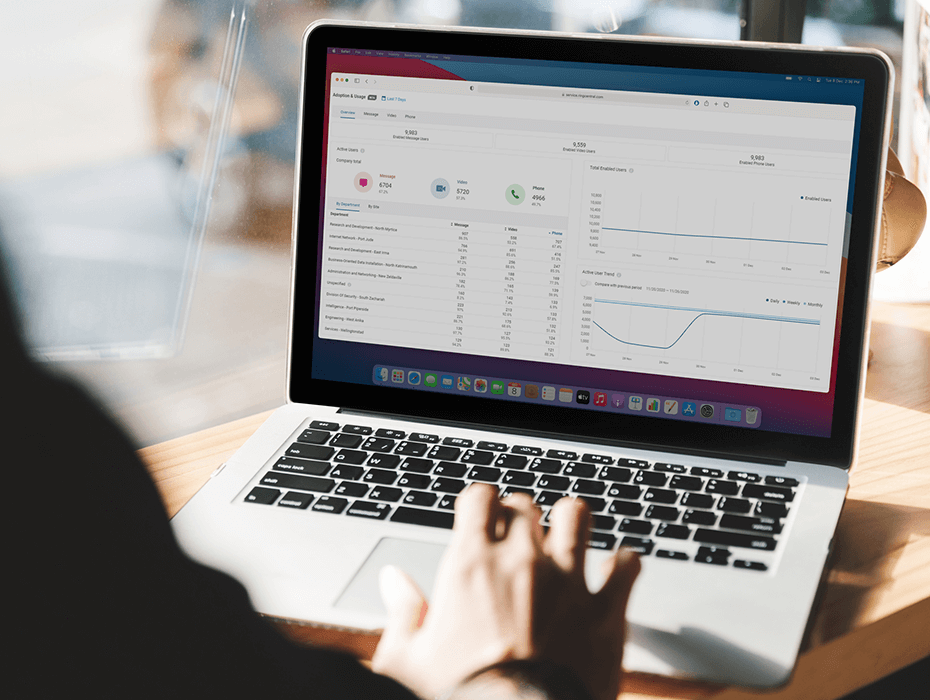Highlights:
- IT plays a big role in a company’s success by selecting the right tools for their workforce.
- Keeping systems up and running requires a lot of legwork, especially as today’s businesses expect 24/7 uptime.
- Our robust Analytics Portal allows IT administrators to fully monitor the performance of their RingCentral system across message, video, and phone, from anywhere and on any device.
- Gain centralized analytics on user adoption, call and meeting quality, and visibility into device status, across all users and locations globally. Even get alerts to proactively fix issues before they’re escalated.
System and IT teams play a pivotal role in “keeping the lights on” at every organization. And if you never have to worry about your company laptop, phone, or any technology that you use, you’re likely in the hands of an excellent IT team.
However, the role of IT professionals is much more than that. Administrators own their IT deployments from start to finish, and are usually driving an IT strategy that’s aligned with business objectives. In other words, they’re responsible for not only system deployment and upkeep, but also to ensure that the solutions they choose positively impact the core business and yield a positive return on investment.
After all, their decisions have a huge impact on the way their employees work.
RingCentral Analytics: Easier to monitor and manage
That being said, how can IT teams ensure that their systems stay impactful? While troubleshooting and resolving issues are traditional responsibilities of IT professionals, most business communications systems don’t offer deep, actionable insights out of the box. That’s where RingCentral Analytics is different.
RingCentral Analytics gives administrators full visibility into the health and performance of their RingCentral system. With RingCentral Analytics, administrators can view actionable insights on usage, monitor call and meeting quality, and even set up alerts to easily resolve issues that could impact the system.
System admins have full access to the Analytics Portal, where they can view several different reports and dashboards, all in a single location:
4. Alerts
Let’s look at some real-life scenarios that administrators might encounter and how RingCentral Analytics addresses them:
1. Adoption and Usage
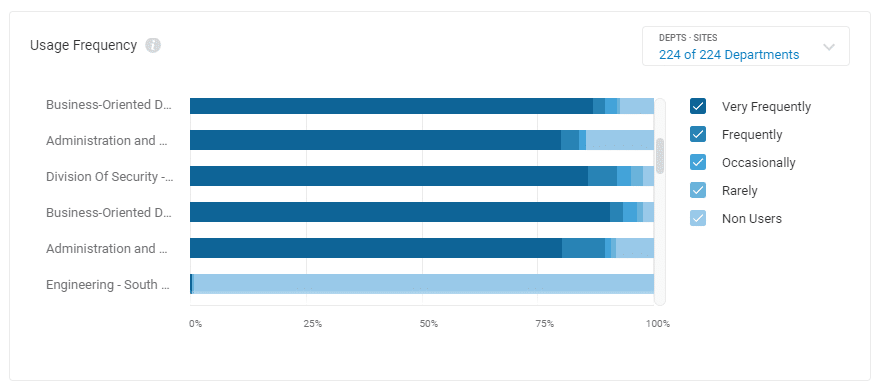
Scenarios:
We spent a large amount of time and budget on getting RingCentral up and running.
- Are our employees using it?
- Do certain departments or offices need additional training sessions?
- We need to provide usage data to our Change Management Executive.
Solution:
Adoption and Usage analytics give admins full visibility into how employees use RingCentral features – Message, Video, and Phone, across their organization—down to every department, site and user.
Adoption and Usage report identifies:
- Users with high usage i.e your company’s power users and champions
- Trends and patterns of usage over any period of time
- Users, locations, and departments with low usage that could benefit from additional training sessions
- User preferences such as preferred devices
- Most used endpoints and versions
Equipped with this data, administrators can run programs to drive optimal usage, leverage power users to educate non/low users, and get the most value from their RingCentral investments. Also, low usage could indicate the use of other non-IT approved tools, revealing any shadow IT issues within the organization.
2. Quality of Service
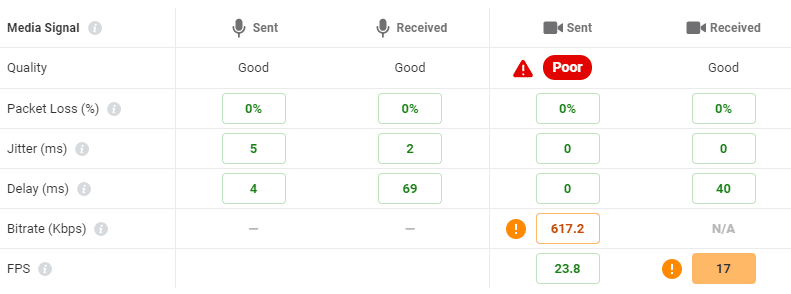
Scenarios:
- A department’s video meeting had poor quality video.
- An executive at the airport had a choppy connection on a call.
- Users at a location have been complaining about poor call quality.
Solution:
Quality of Service (QoS) analytics give administrators detailed insights into their RingCentral call and meeting quality. For example, if a team meeting suffered from audio loss or dropped calls, admins can use QoS reports to identify the cause.
Quality of Service report:
- Offers an at-a-glance overview of the global health of your RingCentral system
- Can help identify potential issues by proactively monitoring quality for users, calls, and meetings
- Can help reactively drill-down to troubleshoot and resolve issues
- Provides easy-to-understand quality scores and underlying data (MOS score, jitter, latency, packet loss, and codecs).
- Helps identify quality patterns across endpoints, locations, ISPs, and networks.
3. Rooms and Devices

Scenarios:
- RingCentral Rooms at the HQ went offline.
- Desk phones at a satellite office were disconnected suddenly.
Solution:
If your hardware infrastructure goes offline, Rooms and Devices analytics displays exactly what’s happening and where. This allows administrators to pinpoint trouble locations and address the issue.
With Rooms and Devices report, you can:
- Track online and offline RingCentral Rooms™ and desk phones, globally and in real time.
- Monitor health and status of RingCentral Rooms’ hardware and ensure smooth functioning.
- Proactively identify rooms with issues to analyze and fix outage causes.
- Proactively identify and resolve device issues to ensure user satisfaction.
4. Alerts
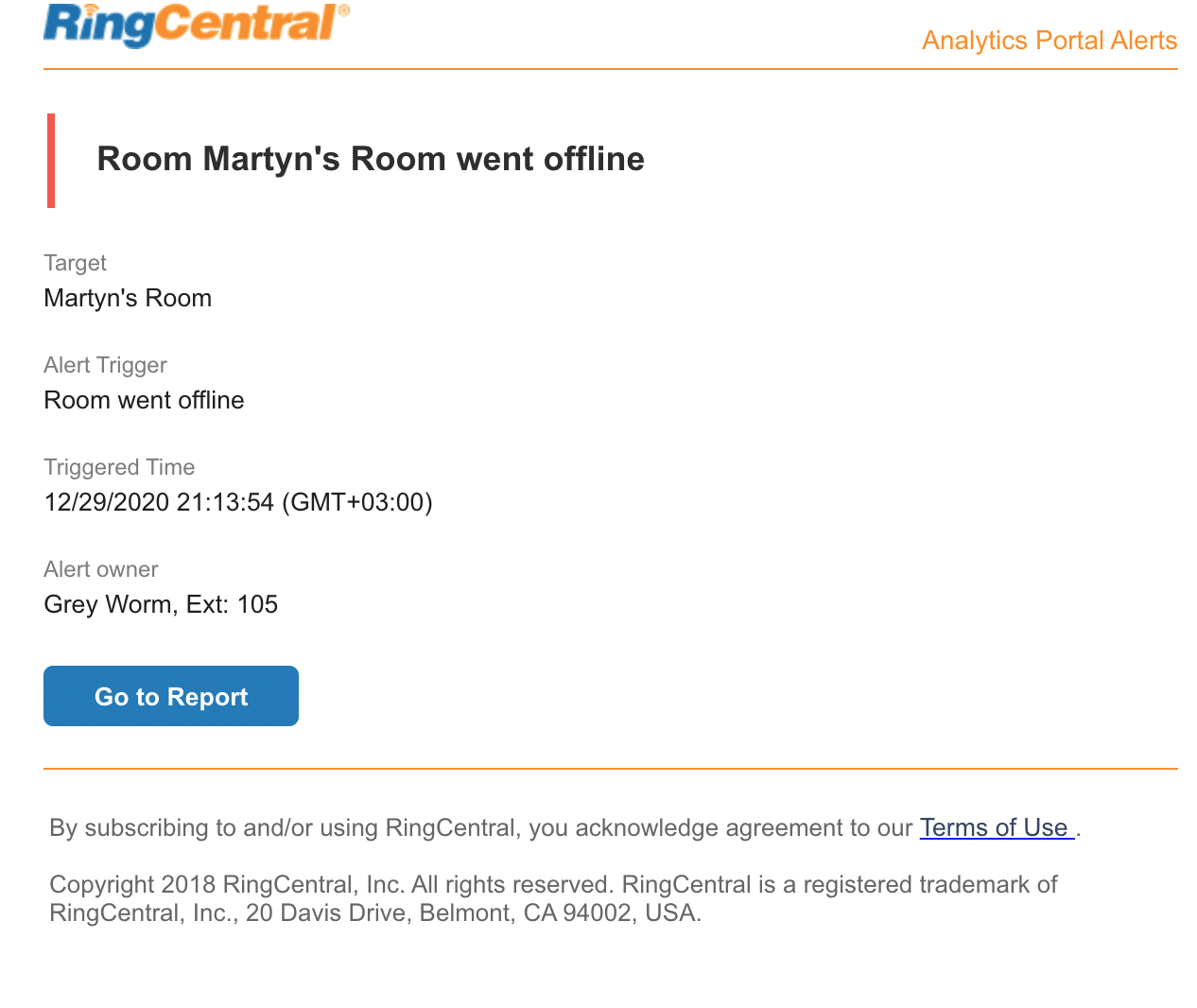
Scenario:
- No issues have been reported for a while. Are we just not aware?
- We’ll have to wait for an IT ticket to know if there’s an issue.
Solution:
In the IT world, no news is good news. But, with RingCentral you don’t have to wait for an issue to be reported or a poor experience to know if there are any issues.
Alerts allow administrators to set up automated monitoring of specific parameters and proactively address issues before they’re escalated. For example, if a VP has poor-quality calls or a RingCentral Room goes offline, the system can send an alert to the IT team.
With Alerts, you can:
- Set up fully customizable rules for automated monitoring of call quality (QoS), device status, and room status.
- Get alerted via email or the RingCentral app when issues are detected.
- Narrow down to the exact problem area with alert notifications, speeding up the resolution process.
- Proactively resolve problems that may impact the organization.
- Choose one or many recipients of these notifications, for easier collaboration and fast actions.
- Monitor alert trends over time to identify persistent issues that require deeper analysis.
Making your job easier
Today’s fast-paced environment requires technology to remain online 24/7, and that means knowing exactly what’s going on. With detailed insights all in a single, comprehensive location, you can easily monitor and manage every aspect of your RingCentral system and ensure that your communications systems always support your business and help deliver impactful business results.
Learn more about RingCentral Analytics here.
Originally published Feb 25, 2021, updated Jan 30, 2023
